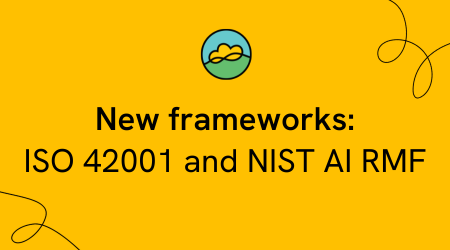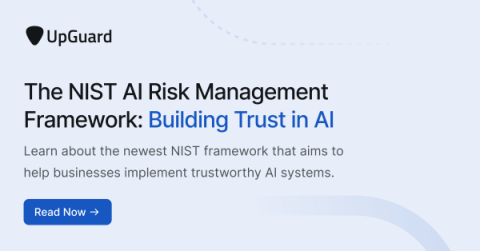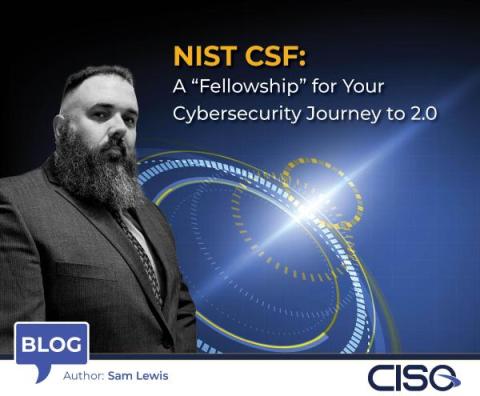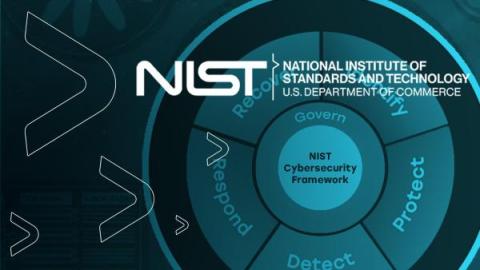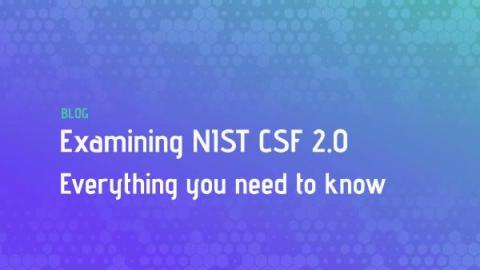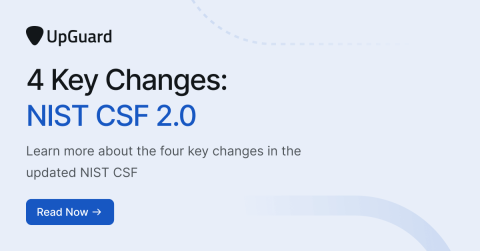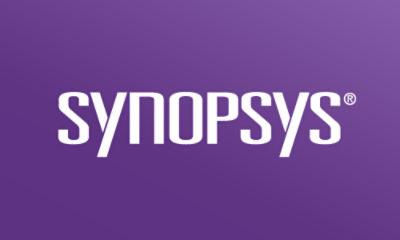The Impact of NIST SP 800-171 on SMBs
From more broad laws like GDPR to industry-specific regulations like HIPAA, most organizations today must comply with some kind of data protection guideline. Some businesses may even have to comply with numerous data protection regulations. As such, compliance with data protection regulations has become increasingly complicated.



